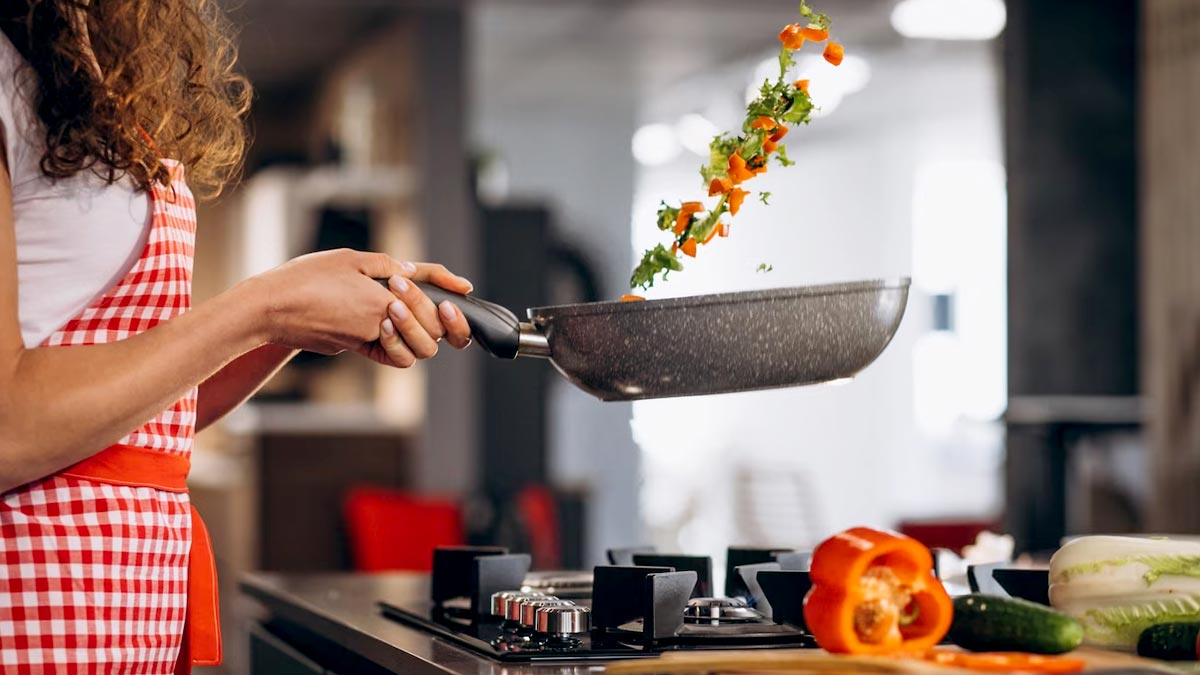
When preparing meals in our kitchens, it's not uncommon to encounter some unexpected reactions or substances. One such phenomenon is the release of a foamy substance during cooking, which might leave us wondering whether it's a cause for concern.
The appearance of foam during cooking can be attributed to a variety of factors, depending on the ingredients and cooking techniques employed. In many cases, the formation of foam is a natural occurrence and poses no significant health risks.
One common source of foamy substances is proteins found in various ingredients. When heated, proteins can denature and interact with air, resulting in the formation of foam. This is often observed when cooking certain types of seafood, legumes, or eggs. While the foam might seem unusual, it is generally harmless and does not affect the taste or quality of the dish.

Also read: Role Of Caffeine In Boosting Metabolism And Burning Fat
Another scenario where foamy substances may arise is when cooking starchy foods such as pasta, rice, or potatoes. These foods contain starch molecules, which can release starch granules into the cooking water. These granules, when agitated and combined with air, can create a foamy texture. Once again, this foam is typically harmless and does not pose any health concerns.
However, it's important to note that not all foamy substances encountered during cooking are benign. In some instances, foam or froth can be an indication of spoilage or contamination. For example, if you notice excessive foam accompanied by an unusual smell or discoloration, it's advisable to exercise caution and discard the food as a precautionary measure.
Remember, the joy of cooking lies not only in creating delicious meals but also in exploring the fascinating science behind culinary transformations.
Also watch this video
How we keep this article up to date:
We work with experts and keep a close eye on the latest in health and wellness. Whenever there is a new research or helpful information, we update our articles with accurate and useful advice.
Current Version
